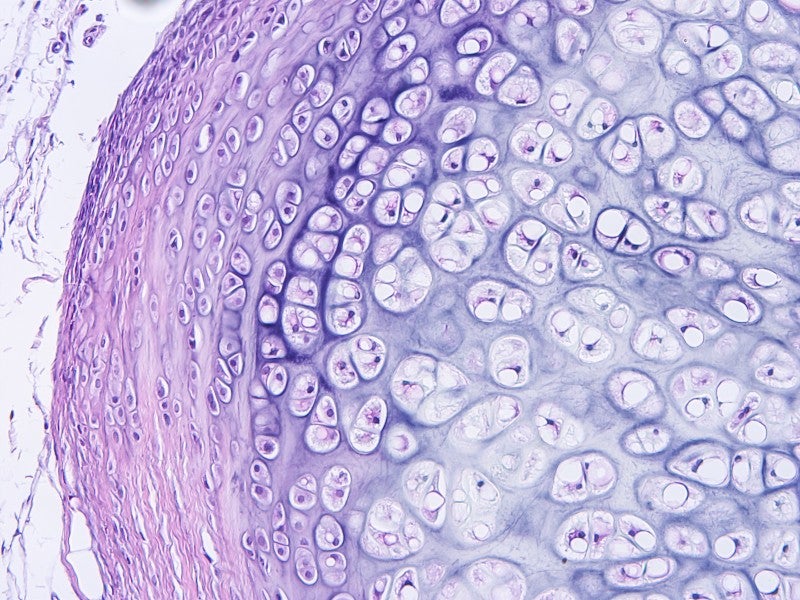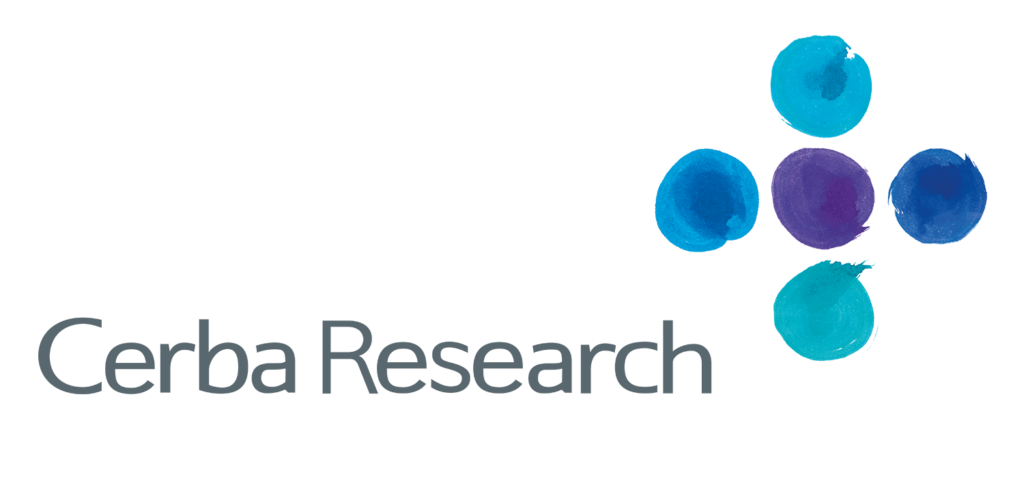
Immuno-oncology (IO) research carries a low probability of success. The likelihood-of-approval rate for oncology in general falls well below average — 5.3% vs. 7.9% for all indications.
Biomarkers can improve the clinical trial success rate for pharma and biopharma drug developers by allowing for the selection of patients more likely to respond to a potential new therapeutic, by enhancing safety, and by serving as surrogate clinical endpoints. Statistically, the use of biomarkers for patient stratification increases approval rate five-fold (Wong et al., Biostatistics, 2019).
The integration of biomarkers — and the process of choosing from the lengthy number of candidates — into a comprehensive clinical development plan to increase the effectiveness of your clinical trial is always a quandary. The less-invasive approach is to look at systemic protein or genomic biomarkers in bodily fluids or circulating tumor or immune cells.
In oncology, however, pathologists can obtain critical information from tissue biopsies that they cannot observe at the systemic level. Using classic techniques such as immunohistochemistry (IHC) and in situ hybridization (ISH), they can observe not only the presence of an antitumoral response, but also information on its presence and actual engagement at the tumor level. For these reasons, biopsies are a must when monitoring the effectiveness of anti-blockade treatments in clinical trials.
Histology (IHC) helps us understand biomarker mechanisms in the tumor environment
Immunohistochemistry technology has historically been, and remains today, the gold standard of clinical pathology. It is a simple, cost-effective, readily available method for profiling biomarkers to individualize a patient’s therapy.
IHC offers very different information compared with other types of biomarker approaches. In flow cytometry, for example, individual cells in suspension are evaluated, with no fixed relationship. In genetic screening (e.g., NGS), the sample corresponds to a homogenization of the tissue. With IHC, you can appreciate the context of the target within the tumor micro-environment. The possibility of spatial analysis — learning where types of cells are located or where the target is in relation to other structures — is a key advantage of IHC.
IHC allows a greater understanding of the following:
- Tumor microenvironment
- Tumor structure
- Spatial relationships between cells of tumor, stroma, and immune origin
- Status of immune response at the tumor site

The value of multiplex IHC
It has become increasingly apparent that with the complexity of immuno-oncology, a single biomarker may not be sufficient and has thus led to a need for multiplexing techniques in
preclinical and clinical studies. Multiplex IHC allows for the detection of multiple biomarkers (up to eight) on a single tissue section, broadening mechanistic investigations. Harnessing the power of multiplex IHC can expand your biomarker research by allowing for a myriad of analyses, including in-depth immune cell phenotype analysis (e.g., regulatory T cell — CD3+/CD4+/CD25+/FoxP3+) and target localization (e.g., Ligand in relation to a receptor, protein expression on specific cell types).
Multiplex IHC is particularly useful in preclinical and early and retrospective clinical studies. These early investigations can have more flexibility to study a panel of candidate biomarkers that could (Fig. 1) accomplish the following:
- Detect a specific drug target of interest, look at its level of expression, and determine its localization. Is it expressed in the healthy tissue or is it within the tumor? Is it expressed on a certain cell type?
- Examine the mechanism — the biology of interactions in the tumor microenvironment between the tumor, the infiltrating immune cells, and the stromal cells that are supporting the tumor.
- Profile immune cells and understand where different subtypes are within the tissue, such as CD8 T cells. For example, are these immune cells within the tumor (hot) or do they stay on the periphery (cold)?
- Look at interactions between different cell types: are they within proximity of one another and possibly communicating?
Combining the multiplex and clinical data can then be used to identify a more focused biomarker approach that is more applicable in later phase clinical trials.
Having had one of the first multi-spectral imaging systems in Europe, Cerba Research has years of multiplex IHC experience and has developed off-the-shelf panels with a number of common immuno-oncology targets. We have the expertise and technology to help you understand the neighborhoods of your tissue sections, always with respect for the patients behind the samples.
Fit-for-purpose IHC assays must be validated for the intended use
Once the basics have been determined — which biomarkers are relevant, what tissues are being studied, the intended use (e.g., proof of principle, mechanism), what type of analysis is relevant — we can generate a fit-for-purpose assay.
A robust biomarker validation process is crucial for the successful integration of biomarkers into a clinical trial. It requires collaboration between you and your specialty lab at each stage of preclinical and clinical development with special attention to the protocol optimization, specificity, sensitivity, and precision.
At Cerba Research, our IHC expert scientific team is flexible in their approach and delivery to providing timely and cost-effective solutions to meet your clinical and commercial objectives.
Cerba Research solutions include:
- A catalog of available protocols
- Development of custom IHC assays and validations for preclinical and clinical studies
- Access to numerous indications in our tissue biobank to facilitate target detection in multiple disease areas
- Guidance by IHC experts
- Support technologies (imaging mass cytometry, Nanostring, cell culture, antibody target screening)
Shape your immuno-oncology research with IHC
Detection of specific antigens in tissue sections by IHC is a unique tool in cancer and immunotherapy research. It can provide far more detailed insights than standard histopathology. With special techniques such as multiplex IHC and ISH, tissue biomarkers can yield crucial insights for diagnosis, patient stratification, or mechanistic evaluation. Proper validation is required for regulatory acceptance, provides confidence in the results, and improves the chances for success in I/O clinical trials.
by Amanda Finan


